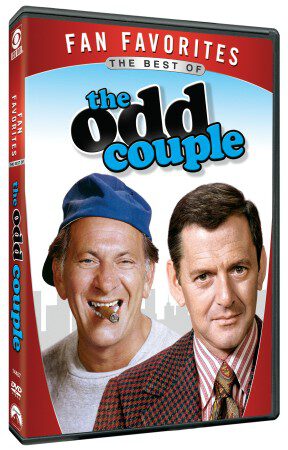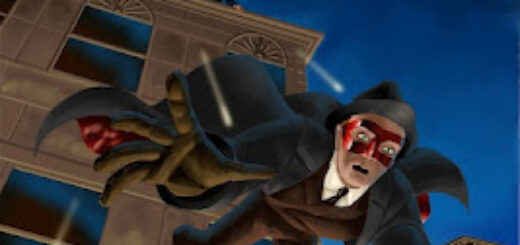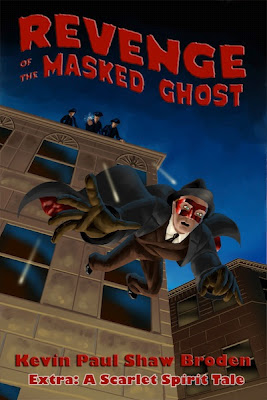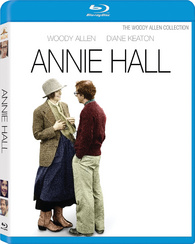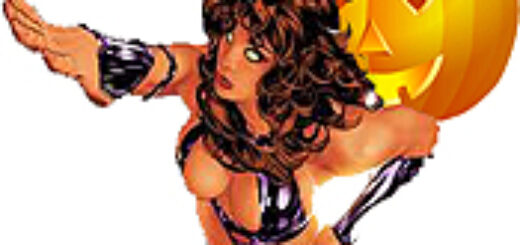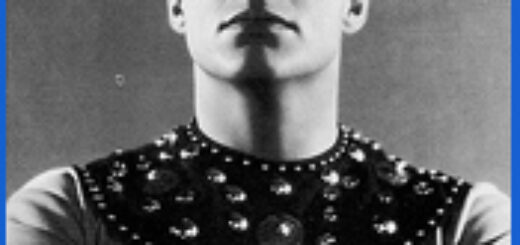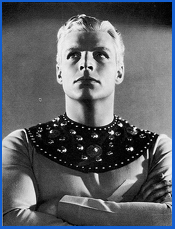A Death In Our Family
I can’t begin to tell you how much I hate writing this.
Back in the late 1970s, I was editing a home video consumer magazine called Video Action. Amusingly, I staffed the publication with freelancers from the comic book community – people who excelled in the art of visual communications and popular culture. It wasn’t long before I received a letter from Martha Thomases and John Tebbel inquiring about writing opportunities. They presented their pedigrees and cited a whole bunch of mutual friends as references. They could have stopped at Denny O’Neil and Larry Hama.
John and Martha quickly became good friends. There isn’t enough bandwidth in all of Apple’s clouds for me to detail the nature of that friendship and divine the depth of the love I have for them, so instead I’ll focus on one element. There is nothing I value more than brilliant conversation with good friends. It takes wit, intelligence, experience and personality to pull it off on an ongoing basis, and I would swim upstream in piranha-infested waters to spend a few hours with these two.
A few months ago, the three of us met for a wonderful meal at a midtown Manhattan steakhouse. The three of us arrived separately, and John and I arrived early. We got into a deep conversation about how much the James Bond novels meant to us as kids but, upon later reflection, how Ian Fleming was a genuinely crappy writer and what the hell did JFK see in him anyway? By the time Martha arrived we had moved on to our favorite topic, the genius of Jack Benny and his stylistic influence over the next two generations of comedians (Benny begat Carson, Carson begat Maher). When we were seated, we moved on to an array of topics. This was typical for our dinners, but because we had that time before Martha arrived it was, for me at least, an important bonding event. We left vowing to get together again soon.
Several days later – it might have been longer; right now it seems like moments later – Martha called to tell me John was in the hospital after significant medical trauma at home. In short order, we learned he had lung cancer.
John appreciated the irony of having a particularly nasty form of lung cancer despite his lack of an addiction to tobacco. Martha showed more strength in spirit and in love than one could imagine, but none of us were surprised in the least.
You know this story doesn’t end well. John died yesterday. And that, folks, sucks.
Martha’s birthday is tomorrow. Their friends are gathering this weekend to be with her; we were planning on that anyway when we all knew John was in dire straits. It’s a lousy way to celebrate her birthday, but her essence is beautiful and she’s one of the most grounded people in Manhattan. By and large you do not cope with the death of our closest loved ones, but eventually you accept and understand you are surrounded by the love and support of your friends and family.
The ComicMix community lost a member of our family this week, and we grieve as we celebrate John’s wit, intelligence, experience and personality. Our hearts go out to Martha and to their son Arthur, and I know I speak for the extended ComicMix community, our bloggers, our commenters, our friends, co-workers and associates, in offering our love eternal.
– Mike Gold



